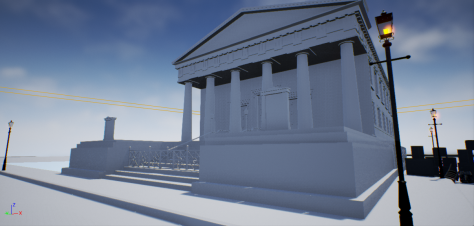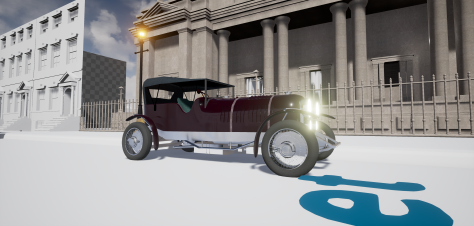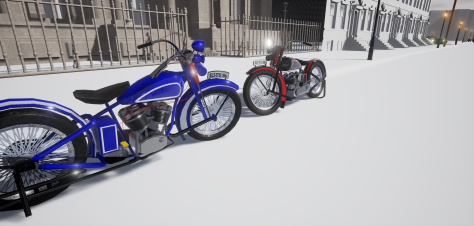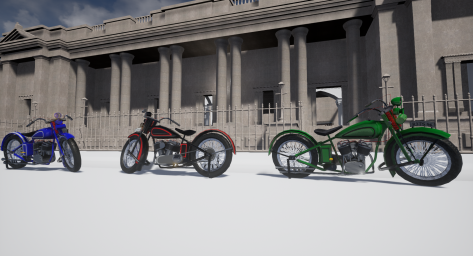So recently we were lucky enough to get a HTC Vive (Steam VR) in our studio; and I must admit, the experience is amazing. I’ve mostly had experience in the design program Tilt Brush, which for fast, easy designs that can be made to scale, it’s amazing. VR as a design tool can be developed to become something incredible, and I hope it gets a much wider adoption in the digital art community.
I’ve also had a couple of experiences in the gameplay possibilities of VR, the immersion is unbelievable, whilst playing you really get invested in the environments and the interactions you have in each one. However, with this kind of physical immersion comes the physicality of the gameplay; whereas with a normal game the worst injury a player can get is carpal tunnel, in VR the amount of physical exertion required to play the games means that players will most likely have to warm-up and stretch before playing for a long duration of time. If VR can become more accessible to more people then I believe we can truly have an amazing development in technological capabilities, and a definite increase in quality products/design pieces.
We just have to be careful not to end up in a situation like The Matrix!























